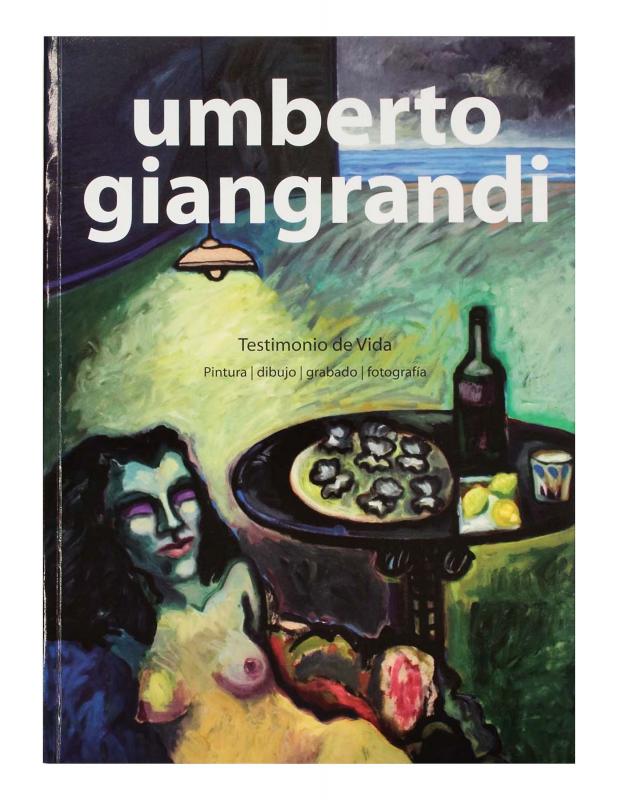This report documents a particular point of view at the Universidad de los Andes in Bogotá, one of the most influential art institutions in the country. This claim can be made because of the age of the University arts program—which was founded in 1955—and the achievements of its graduates, such as: Beatriz González (b. 1938), Juan Antonio Roda (1921–2003), Luis Caballero Holguín (1943–1995), Luciano Jaramillo (1938–1984), Nirma Zárate (1936–1999), Catalina Mejía (b. 1962), and Rodrigo Facundo (b. 1958), among many others. See “3 décadas de arte uniandino” [doc. no. 1134876].
A thorough grasp of the local academic environment requires an understanding of the emphasis on modernity that was an integral part of the arts program at this institution. The reform mentioned here sought to expand the relational possibilities of the work of art, understood as a hermetic, self-contained object. An understanding of the work of art in terms of its relational aspects—framed within a particular space and time—leads to an interest in its circulation and validation. This report explores the relationship between art and society, and discusses how to dismantle the barrier that separates the producers of art from its consumers. Based on that perspective, the report seeks to examine dynamics that are endemic to art that might help to strengthen interdisciplinary research and creation methods.
Such methods should be focused on a sociocultural environment, emphasizing the use of technology in audiovisual fields (photography, video workshops, sound, and animation); digital fields (multimedia design, algorithms, broadcast media, and virtual reality); and temporal fields (intermedia translation, performance art, theatrical staging, and moving images). It should also be noted that this academic department is the only one in Colombia that currently (in 2010) offers this particular emphasis in its curriculum.

